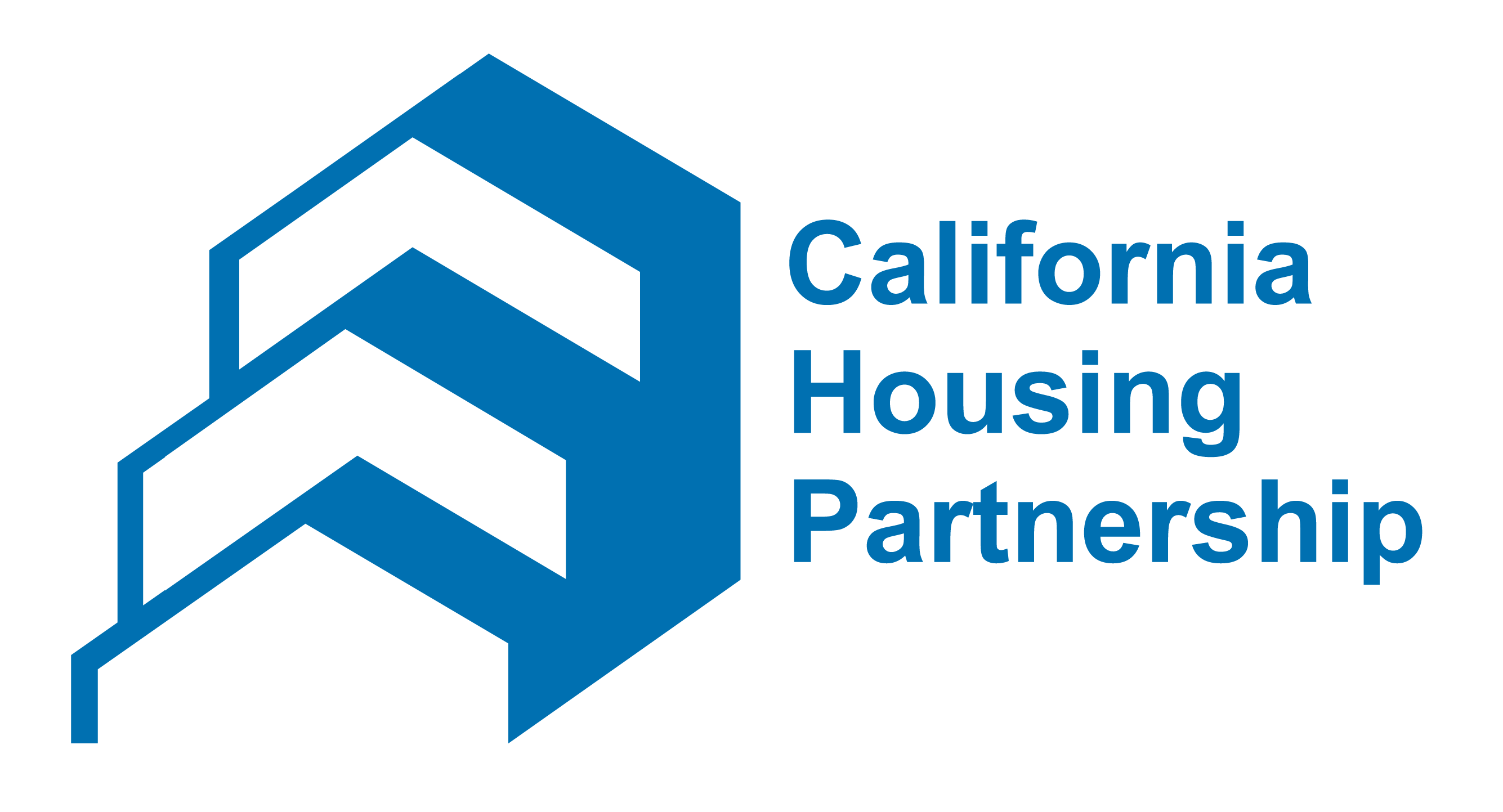A new report from the California Housing Partnership finds that the Bay Area needs 235,656 more affordable homes just to meet existing needs. The report finds that:
- High housing costs are effectively doubling official county poverty rates.
- More than two-thirds of the lowest income households are severely rent burdened, meaning they are paying more than half their incomes in housing costs with little left for other basic expenses.
Despite the passage of voter-approved local housing bonds in Santa Clara, San Mateo and Alameda Counties in 2016, production of new affordable homes declined by 7% between 2016 and 2018 due primarily to the lack of matching state funding. The passage of Propositions 1 and 2 in 2018 is helping to increase and accelerate production but not nearly enough to make substantial progress in closing the existing gap.
California Housing Partnership CEO Matt Schwartz says, “The data in this report makes clear that despite the Legislature’s passage of the historic 2017 Housing Package and $1.5 billion in new state commitments in this year’s budget, California is still substantially under-investing in affordable housing production. We need a true, 10-year Marshall Plan to begin making serious progress. The recent passage of AB 1487 (Chiu) giving the Bay Area the ability to raise more funds regionally has the potential to make a big difference but only if Bay Area leaders and voters choose to use it.”
The California Housing Partnership calls on state leaders to take the following actions in 2019:
- Develop a comprehensive, ten-year “Marshall Plan for Affordable Housing”.
- Make permanent the $500 million annual increase to the California Low Income Housing Tax Credit Program to jump-start affordable housing production and preservation;
- Create a new Preservation Acquisition Capital Gains Tax Credit to preserve existing affordable housing at risk of conversion and to fight displacement pressures;
- Consolidate Department of Housing and Community Development rental housing funding programs in order to streamline the application and award process and reduce development costs; and
- Reduce the threshold for voter approval of local funding of affordable housing and infrastructure from 67 percent to 55 percent as was done for educational facilities in 2000.

